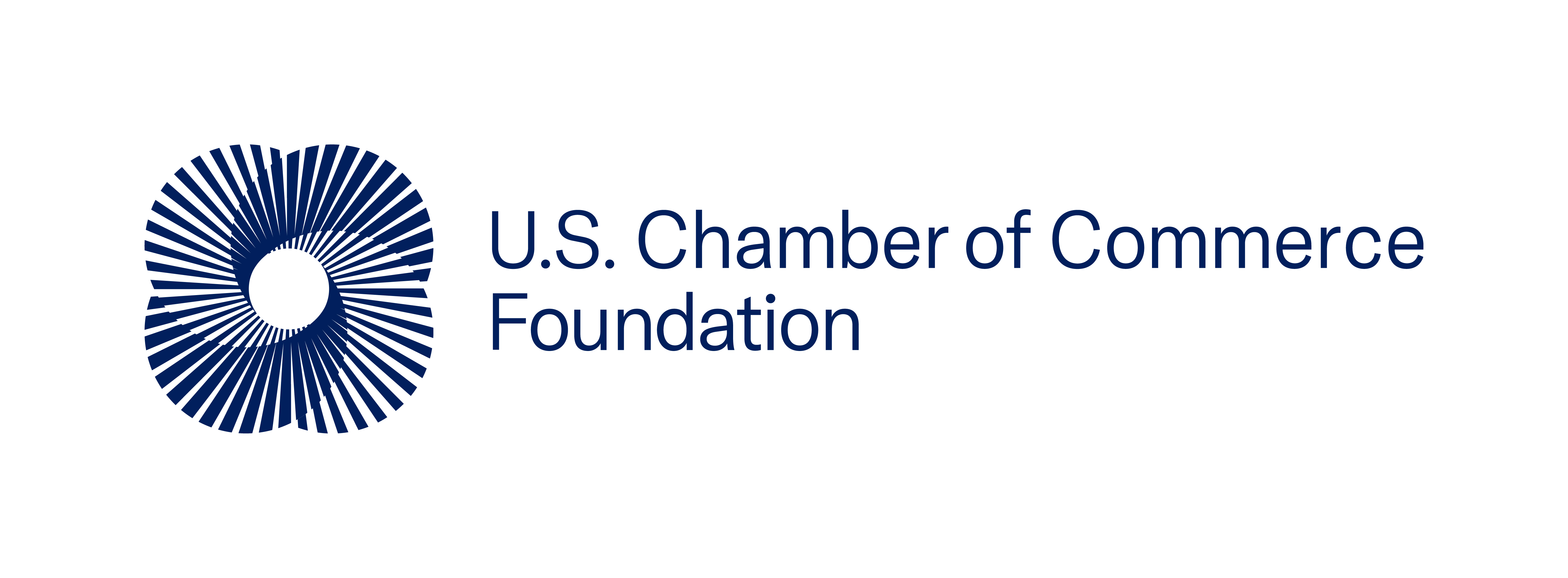Pearson Education is Making High-Quality Education Affordable and Effective
Pearson is creating pathways towards affordable and effective education in developing countries, by working with dedicated on-the-ground entrepreneurs.

[Editor's Note: Pearson was one of the generous companies to host a Path to Empowerment roundtable meeting. Thanks to their support and engagement, we will be releasing research report A Path to Empowerment: Best Practices for the Private Sector to Empower Women Globally, in partnership with Harvard Kennedy School's Corporate Social Responsibility Initiative, on March 5th at the International Women's Day forum. Register here to attend.]
By: Yiming Ma
Despite more than $75 billion in aid dedicated to education over the past seven years, 57 million children are still out of school. To help address this immense problem, Pearson takes a unique approach to improve access to education for the poor. We view the low-income segment as an underserved market and an opportunity for private enterprise to dramatically improve learner outcomes.
In 2012, Pearson launched the Pearson Affordable Learning Fund (PALF) to invest in market-based solutions that improve access to high-quality education for the world’s poorest children. Two years later, PALF manages seven investments across Africa, India, and Southeast Asia serving more than 20,000 children.
Here are five of the greatest lessons we’ve learned in the affordable education sector.
1. Delivering accessible, scalable, and high-quality education is possible only if pedagogy, technology, and system change are all properly leveraged.
Historically, organizations striving to improve education in the developing world haven’t been able to focus simultaneously on all three dimensions of access, quality, and scale. The development aid community has traditionally targeted increasing school enrolment and reducing fees—access and scale. Meanwhile, companies and local schools have focused on delivering affordable education at small scales—targeting quality and access.
In our experience, the companies with the highest potential for delivering quality affordable education combine strong pedagogy, system change/implementation capabilities, and technology. System change is often the area where entrepreneurs struggle most when implementing new innovations; therefore, it has become a focal point for PALF’s portfolio support.
2. Working with low-income populations requires a focus on local costs and incentives.
Because PALF serves children from the poorest communities in the world, the cost of the offer must be low and locally appropriate—this has implications for business models.
Omega Schools, our low-cost private school investment in Ghana, has a unique pay-as-you-go revenue model. Children pay two Cedis per academic day ($0.62 USD), which covers school fees, supplies, and lunch. More than the fee’s affordability, the nature of the model removes a monetary barrier for parents. Last year, Omega Schools expanded from 20 to 38 schools and enjoyed high enrolment numbers.
Overall, affordable education businesses must be vigilant about balancing the benefits of education initiatives against the costs of delivery.
3. Efficacy needs to be embedded, both informally and formally.
PALF is committed to ensuring that efficacy is firmly rooted in
all of our portfolio companies:
- Each entrepreneur we work with must share our emphasis on efficacy and be committed to realizing the potential of each learner.
- We consistently reinforce Pearson’s focus on efficacy in regular communications and directly support efficacy initiatives when necessary.
- Each company shareholder agreement has efficacy key performance indicators (KPIs) attached and must demonstrate achievement of all KPIs before we release funding.
4. Heavy investment in on-the-ground support and co-creation pays dividends.
Our experience compels us to take a hands-on approach when working with early-stage companies to achieve the very best outcomes with educational, operational, and financial expertise.
The social venture capital space tends to attract impact investors who often deprioritize sustainable business models and profit-driven investors who lack specialization in education or in developing world operations. PALF offers unparalleled expertise in supporting base-of-the-pyramid education businesses and an invaluable connection to Pearson’s resources.
To illustrate, we worked side by side for six months with the cofounders of eAdvance, the first blended learning school chain in Africa, on their growth plan, which led to a significantly accelerated school-opening schedule. We aided the redesign of their organizational structure and connected them with Pearson South Africa curriculum experts and blended learning specialists—all before a contract was signed.
Without this on-the-ground support, it’s unlikely that eAdvance would have agreed to our significant minority stake in the company and a substantial Pearson board presence (three board members and one board observer on the seven-member board).
5. There is value to good governance.
PALF requests a board presence to bring discipline, standardization, and expertise to our portfolio companies. We request minority vetoes on major business decisions and quarterly board meetings to hold management accountable to KPIs and to provide regular reporting.
Our portfolio companies agree to this governance because they trust our education and business experience and value the networks of our board members. We also encourage the presence of at least one independent board person to provide an unbiased and local perspective.
Over the past two years, PALF has catalyzed the affordable education sector and worked with mission-led entrepreneurs to pursue the delivery of high-quality, affordable education at scale. We continue to believe that this space will grow over the coming years, and our goal is for Pearson to continue to be at the forefront, generating both strong social and financial returns.
[Editor's Note: This article originally appeared in Global Economic Empowerment: Private Sector Solutions at Each Stage of Development.]

